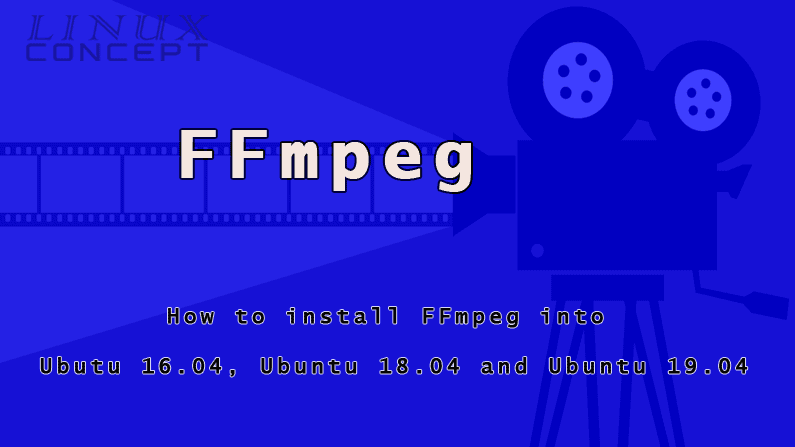

textfile_path = 'videos.txt' output_dir_base = 'PATH/TO/OUTPUT' # Read the text file with open(textfile_path) as f: content = f.readlines() # you may also want to remove whitespace characters like `\n` at the end of each line files_list = # Transpose 90 degree & Clockwise # It already save the video file using the named defined by output_name. The python script for processing videos is as below: import subprocess import os import sys # Pre. The example of the “.txt” file is as below:įrom now on the assumption is that the “.txt” file is ready and well-formatted. The assumption is that the full path of each video is stored in a. This tutorial is customized for processing multiple videos. The installation guide can be found in FFMPEG WITH NVIDIA ACCELERATION ON UBUNTU LINUXdocumentation provided by NVIDIA.


This tutorial assumes that the FFmpeg is already installed because it is based on NVENC support. Please refer to this documentation for further details. The trivial method os its usage will be explained in this tutorial. This module is employed for execution and dealing external commands, intended to supersede the os.sys module. This can be done using subprocess python module. Instead, the python interface is being used to run commands in the terminal. In this tutorial, we do not use the terminal commands directly for employing the FFmpeg with NVENC support. In this tutorial, the primary goal is to show how to do resize a video with GPU-accelerated libraries in Linux. The full code for this tutorial is available at this GitHub repository. Moreover, The NVENC programming guide can be found here. Documentation on NVENC can be found here.

The full documentation of FFmpeg integrated with NVIDIA can be found at here. To be able to utilize this GPU-accelerated encoder, FFmpeg must be installed with NVENC support. The popular x264 is the one which is widely used as the encoder however, it is not super fast! The latest NVIDIA GPUs contain a hardware-based video encoder called NVENC which is much faster than traditional ones. IntroductionįFmpeg is one of the most famous multimedia frameworks which is widely used for processing videos. Please refer to the original post and this GitHub repository. This tutorial deals with video resizing using GPU accelerated libraries supported by FFMPEG in Ubuntu 16.04. Video Resizing Using GPU Accelerated Libraries Supported by FFMPEG in Ubuntu.


 0 kommentar(er)
0 kommentar(er)
